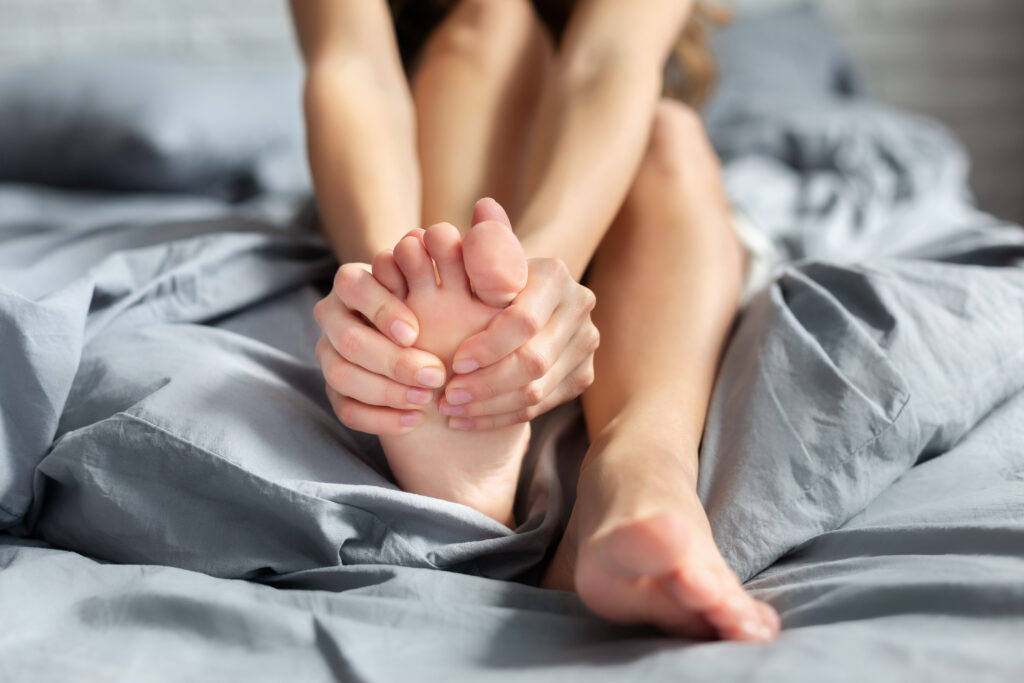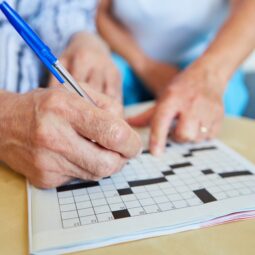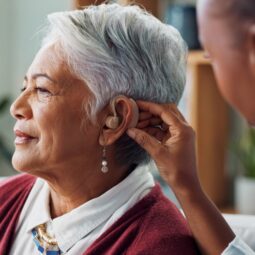By Andrea Mulligan, DPT, physical therapy

Every time you decide to make a move — to get off the couch, walk to the kitchen, grab a cup of tea — you voluntarily contract your muscles to produce the desired movement. When leg or foot cramps strike, however, that’s your body producing involuntary muscle contractions, without even asking you. How rude!
These cramps can be intensely painful, and particularly annoying when they jolt you awake in the middle of the night. Fortunately, they’re usually over in about 10-15 seconds, but some may come on in multiple bouts that last minutes or even hours.
Why does this happen? Most of the time, leg cramps are considered idiopathic, which means they have no known underlying cause. But in some cases, your level (or lack) of activity may be to blame. Inactivity, especially in elderly folks, can shorten and weaken the muscles, leading to leg and foot cramps. Conversely, intense or new physical activity, such as a triathlon or the first run after a long lazy winter, can bring on cramps from muscle fatigue, dehydration or electrolyte imbalance.
In addition, sometimes cramps are related to underlying medical issues. In these cases, treating the underlying issue should resolve the cramps. If you experience chronic, recurring cramps, it’s worth scheduling an appointment with your primary care provider to look into any issues that could be contributing, such as:
- Restless leg syndrome
- Low-back pain
- Neuropathy
- Pregnancy
- Medication side effects
- Metabolic disorders
- Hereditary disorders
- Cardiovascular diseases
Less commonly, foot and leg cramps may be caused by serious medical conditions, such as deep vein thrombosis (DVT) or infection, which should be treated right away. Call your provider if you have any of these symptoms along with your cramps:
- Redness
- Significant change in swelling
- Heat coming from your limb
- New, severe pain
OK, so once you’ve been to your doctor and have been assured that there isn’t something more serious going on, what can you do about those awful cramps?
To stop a cramp in the moment
First take a few slow, deep breaths to calm your nervous system down. Then, if you can, try to gently stretch the offending leg or foot. Here are five stretches that target the specific muscles that cramp most often: the hamstrings, calves, foot and ankle. If stretching is too much to ask in the heat of the moment, try it after the wave of cramping subsides, to ease the lingering soreness.
To reduce future cramping
The following preventive strategies are low in risk and easy to implement:
- Leg elevation — this helps especially if you have swelling or edema.
- Massage — DIY or enlist your significant other or a professional.
- Stretching — in addition to relieving cramps in the moment, these stretches are a great way to help loosen up tight, sore muscles to prevent cramping.
- Exercise — if you’ve had a decline in exercise or you just plain hate it, it’s worth reconsidering, as it really can help manage cramps (not to mention all the other health benefits). Choose something you enjoy — be it as simple as walking or as wild as underwater hockey — and you’ll be more likely to stick with it, and even to look forward to it. Get more guidance here. If you need help getting started, ask your doctor about a physical therapy referral. We can guide you in the right direction for your unique health status and abilities.
So, what about that bar of soap?
For cramp relief, some people swear by the old bar-of-soap trick. Many soaps contain minerals —specifically magnesium, which is believed to help with muscle cramps. So, the thought was, put a bar of soap in your bed, under the sheets, and the magnesium can leach through to your skin. There’s no scientific evidence of its efficacy, but it’s low in risk, so if you want to try it, why not? If it doesn’t work, just use the soap as originally intended, to wash up after your daily exercise.


